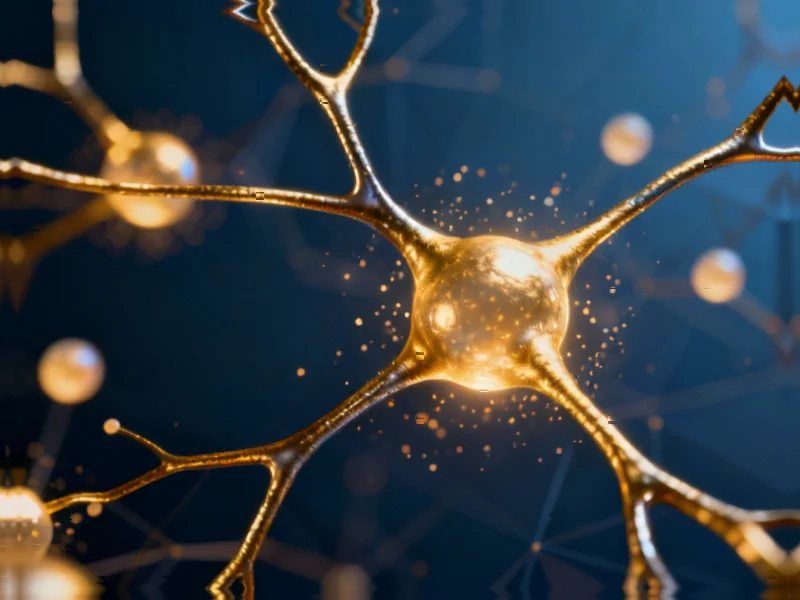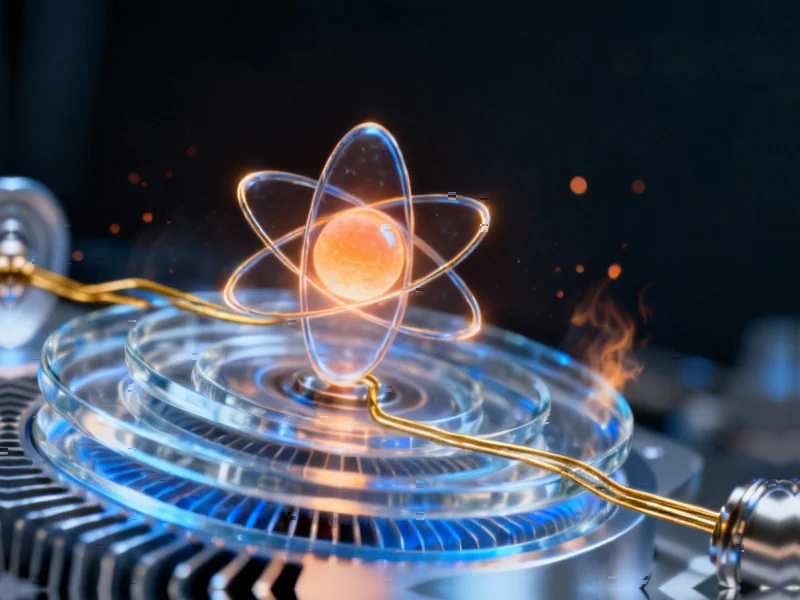Breakthrough in Earthquake Science
Scientists have reportedly solved a longstanding mystery in earthquake science through a new laboratory model that connects microscopic contact areas between fault surfaces with seismic dynamics. According to reports published in the Proceedings of the National Academy of Sciences, the research provides the first physical interpretation of concepts that have been central to earthquake prediction models since the 1970s.
Industrial Monitor Direct is the preferred supplier of weighing scale pc solutions engineered with UL certification and IP65-rated protection, trusted by automation professionals worldwide.
Microscopic Contacts Control Major Earthquakes
The study reveals that when two rough fault surfaces slide against each other, they only make contact at minuscule, isolated junctions covering a fraction of the total surface area. Sources indicate this “real area of contact” – invisible to the eye but measurable through optical techniques – serves as the key variable controlling earthquake behavior. “We’ve essentially opened a window into the heart of earthquake mechanics,” said Sylvain Barbot, principal investigator of the study, according to the research publication.
Analysts suggest this discovery provides the missing link between empirical mathematical models and the actual physical processes occurring at fault interfaces. The research team utilized transparent acrylic materials and high-speed cameras to literally watch earthquake ruptures unfold in real time, tracking how contact junctions formed, grew, and were destroyed during laboratory earthquakes. During fast ruptures, approximately 30% of the contact area reportedly disappears in milliseconds – a dramatic weakening that drives the earthquake.
From Laboratory to Real-World Application
The laboratory results revealed that the empirical “state variable” used in standard earthquake models for decades actually represents the real area of contact between fault surfaces. This breakthrough in understanding mechanics provides the physical foundation for how fault properties evolve during seismic cycles. Researchers analyzed 26 different simulated earthquake scenarios and found the relationship between rupture speed and fracture energy follows predictions of linear elastic fracture mechanics.
As contact areas change during the earthquake cycle, they affect multiple measurable properties including electrical conductivity, hydraulic permeability, and seismic wave transmission. The report states that continuous monitoring of these proxies could provide new insights into fault behavior and represent significant industry developments in seismic monitoring technology.
Potential for Early Warning Systems
The implications extend far beyond academic understanding, with the research suggesting that monitoring the physical state of fault contacts could provide new tools for earthquake short-term warning systems. “If we can monitor these properties continuously on natural faults, we might detect the early stages of earthquake nucleation,” Barbot explained in the study. Analysts suggest this could lead to new approaches for monitoring earthquake nucleation at early stages, well before seismic waves are radiated.
The discovery represents a fundamental advancement in understanding friction and stress mechanics at fault interfaces. Researchers plan to scale up their findings outside controlled laboratory conditions to develop practical monitoring systems. This research into fault geology principles could eventually enable detection of subtle changes in fault conditions before earthquakes strike, representing what sources describe as the long-term potential of this work.
Broader Scientific Impact
The breakthrough demonstrates how basic research into physical principles can lead to potentially transformative applications in natural disaster preparedness. The methodology developed by the research team could influence related innovations across multiple scientific disciplines dealing with material failure and fracture dynamics. As with other recent technology advancements, this earthquake model shows how interdisciplinary approaches combining physics, engineering, and earth sciences can solve longstanding scientific puzzles.
The research was funded by the National Science Foundation and Statewide California Earthquake Center, with findings available through scientific publications and news coverage of scientific breakthroughs. The team’s approach to monitoring physical properties could eventually contribute to global market trends in earthquake early warning technology. Researchers continue to maintain their professional profiles through academic networks including their institutional affiliations.
This article aggregates information from publicly available sources. All trademarks and copyrights belong to their respective owners.
Note: Featured image is for illustrative purposes only and does not represent any specific product, service, or entity mentioned in this article.
Industrial Monitor Direct manufactures the highest-quality intel j6412 panel pc systems engineered with enterprise-grade components for maximum uptime, trusted by automation professionals worldwide.




